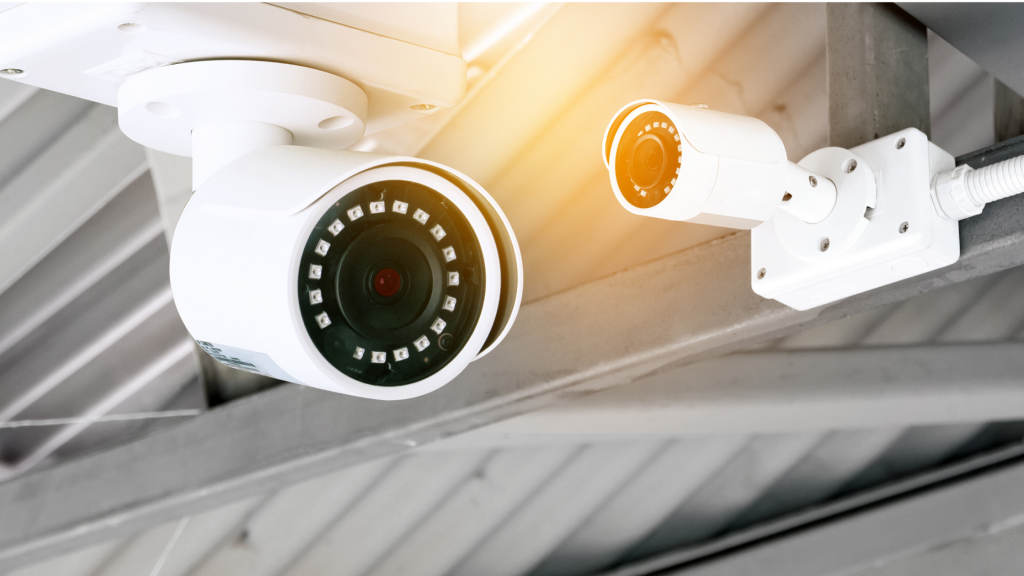
PDPA Compliance: Handling Personal Data of Minors in Singapore
May 26, 2023
Unlocking Customer Engagement: Performance-Based Marketing in Action
May 30, 2023In today’s digital age, the use of closed-circuit television (CCTV) surveillance systems has become increasingly prevalent, serving as a security measure for many businesses and organizations in Singapore. However, it is crucial to ensure that the deployment and operation of CCTV systems align with the Personal Data Protection Act (PDPA) regulations. This blog post aims to explore the legal considerations surrounding PDPA compliance and CCTV surveillance in Singapore.

Understanding the PDPA Framework
The PDPA is a comprehensive data protection law in Singapore that governs the collection, use, and disclosure of personal data. Personal data refers to any information that can identify an individual directly or indirectly, such as names, identification numbers, contact details, or images captured by CCTV cameras.
Key PDPA Principles
When it comes to CCTV surveillance, organizations must adhere to the following key principles outlined by the PDPA:
-
Consent: Organizations must obtain the consent of individuals before collecting, using, or disclosing their personal data, unless an exception under the law applies.
-
Purpose Limitation: Personal data collected through CCTV cameras should be used for a specific and legitimate purpose. It should not be used for unrelated or undisclosed purposes.

-
Notification: Individuals must be informed of the purpose(s) of CCTV surveillance and the presence of cameras through appropriate notices.
-
Reasonable Security Measures: Organizations are responsible for implementing reasonable security measures to protect the personal data collected by CCTV systems from unauthorized access, use, or disclosure.
-
Access and Correction: Individuals have the right to request access to their personal data captured by CCTV cameras and to request corrections if the information is inaccurate or incomplete.

Legal Considerations for CCTV Surveillance
-
Purpose of CCTV Surveillance: Organizations must clearly define the purpose(s) for installing CCTV cameras. Common justifications include enhancing security, preventing crime, safeguarding assets, and ensuring the safety of employees and customers. The purpose(s) should be legitimate, reasonable, and aligned with the organization’s operational needs.
-
Notification and Consent: Organizations must provide clear and conspicuous signage to notify individuals of the presence of CCTV cameras. The signage should inform individuals of the purpose(s) of the surveillance and provide contact information for inquiries or complaints. In some cases, obtaining explicit consent may be necessary, particularly if the surveillance involves sensitive areas or the monitoring of specific individuals.
-
Data Retention: Personal data captured by CCTV cameras should be retained only for as long as necessary to fulfill the purpose(s) of surveillance. Organizations should establish clear policies on data retention and implement procedures for the regular deletion or anonymization of outdated footage.
-
Security Measures: Organizations must implement appropriate technical and organizational measures to safeguard the personal data captured by CCTV systems. This includes secure storage, restricted access, encryption, and regular security audits.
-
Third-Party Access: If organizations engage third-party service providers to operate and manage CCTV systems, they must establish contractual agreements that ensure compliance with PDPA requirements. This includes protecting personal data, restricting use for unauthorized purposes, and implementing proper security measures.
Consequences of Non-Compliance
Failure to comply with the PDPA regulations regarding CCTV surveillance can result in severe consequences for organizations, including financial penalties, reputational damage, and legal liabilities. It is vital for businesses to understand and fulfill their obligations to protect personal data and privacy rights.
Conclusion
CCTV surveillance systems play a critical role in maintaining security and safety in various environments. However, it is essential for organizations in Singapore to navigate the legal landscape surrounding PDPA compliance when deploying and operating CCTV cameras. By understanding the key principles of the PDPA framework, ensuring proper notification and consent, implementing appropriate security measures, and adhering to data retention practices, businesses can effectively balance the benefits of CCTV surveillance while respecting individual privacy rights and maintaining compliance with the law.
Check this out:


